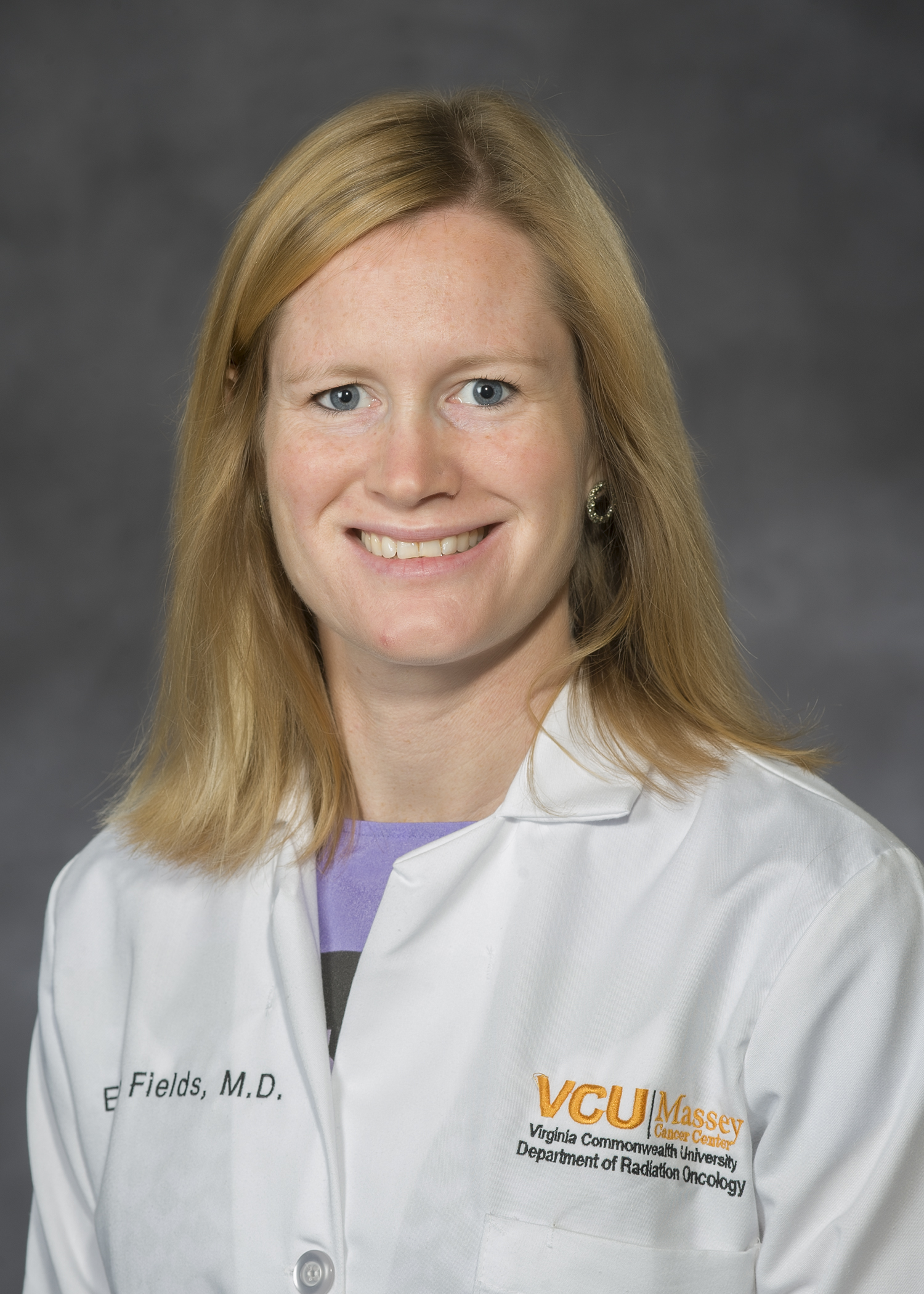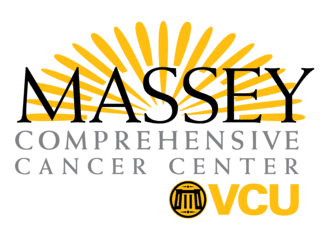Latest News
Research
Massey research supports paradigm shift for the treatment of early stage pancreatic cancer
Mar 29, 2017

The statistics for pancreatic cancer are grim. In 2016, nearly 53,000 people were diagnosed with pancreatic cancer, and almost four out of every five diagnoses are expected to result in death, according to statistics from the National Cancer Institute. However, a recent study by researchers at VCU Massey Cancer Center suggests that a paradigm shift in treatment may help increase overall survival among early stage pancreatic cancer patients.
For decades, patients in the U.S. with operable pancreatic cancer have traditionally undergone surgical resection, a total or partial removal of cancerous tissue, followed by chemotherapy, often in combination with radiation therapy. Research suggests, however, that this standard promotes a high rate of residual cancer after surgery, and that adjuvant (post-operative) radiation therapy does not serve to benefit patients’ overall survival.
A study led by Emma Fields, M.D., radiation oncologist and member of the Developmental Therapeutics research program at Massey, retrospectively analyzed the medical history of all pancreatic cancer patients at Massey treated with curative surgery between 2003 and 2015. Published in the Journal of Gastrointestinal Oncology, the research gathered patient data, reviewed surgical outcomes and identified patterns of success or failure relative to post-operative therapy.
“Our findings suggest that post-operative treatment is not working and support an ongoing paradigm shift at Massey toward the combined use of chemotherapy and radiation therapy, known as chemoradiation, in the neoadjuvant (or pre-operative) setting for pancreatic cancers,” says Fields.
Patients’ charts were analyzed and separated based on their post-operative treatment. Approximately half of patients received chemotherapy alone and half received chemotherapy in combination with radiation therapy.
Resections are classified into three categories based on their outcomes:
- R0 - This classification refers to the complete removal of cancerous cells. It is the best possible outcome following surgery.
- R1 – This is a microscopic positive margin; tiny amounts of cancerous cells remain in the tissue invisible to the human eye.
- R2 – This is a macroscopic positive margin; the volume of tumorous tissue is substantial and visible to the human eye.
Patients with an R0 margin have the highest rate of overall survival. Patients with R2 margins were excluded from the research due to the severely advanced nature of their cancer.
In Fields’ analysis, there were 71 patients, at an average age of 62 years old at the time of surgery, with R0 and R1 classified resections. More than 40 percent were determined to have R1 margins, for which there was no discernible difference in overall survival relative to each method of adjuvant treatment.
“Our research indicates that an R1 margin is almost as bad as being inoperable to begin with. Adjuvant treatment with chemotherapy and radiation therapy, or chemotherapy alone, cannot significantly compensate for the threat of the remaining microscopic disease after surgery,” Fields said.
Anywhere from 25-50 percent of patients do not even complete post-operative therapy after pancreatic tumor resection due to a number of different challenges that create additional windows for cancer cells to return and grow, as supported by prior research published in the World Journal of Gastroenterology.
However, there is a growing body of research which concludes that treating resectable and borderline resectable pancreatic cancer patients with preoperative chemoradiation results in more R0 resections than with upfront surgery.
Fields said that since all patients with resectable pancreatic cancer require some form of chemotherapy, radiation therapy and surgery during their treatment process, administering chemoradiation before surgery also allows for better assessment of treatment response and tolerability of treatment.
Also, neoadjuvant chemoradiation could potentially allow doctors to better identify patients unlikely to benefit from resection, sparing them from unnecessary surgery and enabling palliative care to be applied earlier.
“My hope moving forward is that all patients at Massey whose pancreatic cancer has not spread will undergo neoadjuvant chemoradiation to shrink their tumors for potentially better surgical outcomes, “ Fields said. “The idea is that if we give the tumor the maximum amount of shrinkage before the operation, it would increase the chances that every patient who goes to surgery could get an R0 resection, and improve the overall survival, tolerability and quality of life for pancreatic cancer patients.”
Fields, who is also an assistant professor in radiation oncology at the VCU School of Medicine, collaborated on the research with Justin Anderson, medical student at the VCU School of Medicine; Brian Kaplan, M.D., surgical oncologist at Massey and professor of surgery at the VCU School of Medicine; Jennifer Myers, M.D., medical oncologist at Massey and assistant clinical professor at the VCU School of Medicine; and Wen Wan, assistant professor at the VCU School of Medicine.
Written by: Blake Belden
Related News
Research
Virginia health leaders emphasize community impact, collaboration at Virginia Public Health Summit on CancerJun 10, 2025
Research, Technology
Groundbreaking TACIT algorithm offers new promise in diagnosing, treating cancerJun 9, 2025

Get access to new, innovative care
Treatments in clinical trials may be more effective or have fewer side effects than the treatments that are currently available. With more than 200 studies for multiple types of cancers and cancer prevention, Massey supports a wide array of clinical trials.

Find a provider
Massey supports hundreds of top cancer specialists serving the needs of our patients. Massey’s medical team provides a wealth of expertise in cancer diagnosis, treatment, prevention and symptom management.
